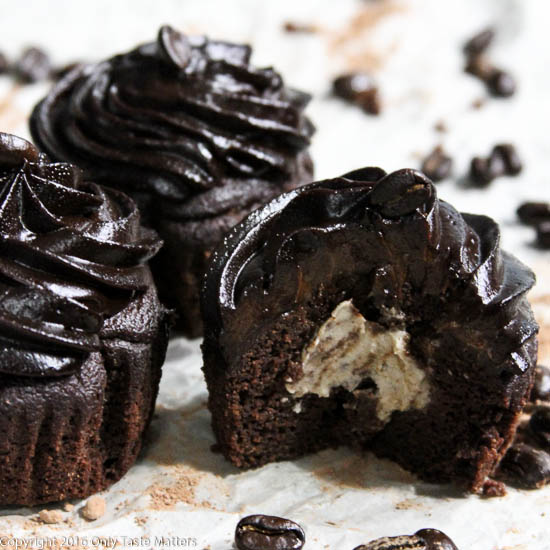After 41 chocolate cakes and 38 yellow cakes, I am proud (and honestly a bit relieved) to share my gluten-free flour mixes. You will notice these do not contain xanthan gum. I found it to be unnecessary for cakes since I use eggs.
Also, the xanthan gum was adding an unwanted chewiness that is often found in gluten-free products and it gave the cakes a store-bought taste. I used Bob’s Red Mill flours so if you are using a different brand, I highly recommend using a scale and measuring by weight.
Flour Mix A
1 cup = 125 grams
200 grams (approx. 1 3/4 cups + 2 TBSP.) almond flour
150 grams (approx. 1 cup) white rice flour
145 grams (approx. 1 cup) brown rice flour
180 grams (approx. 1 cup) sweet rice flour
125 grams (approx. 1 cup) arrowroot
In a large mixing bowl, sift the almond flour. Add the remaining ingredients and whisk for two minutes.
Flour Mix B
1 cup = 125 grams
200 grams (approx. 2 cups) hazelnut flour
150 grams (approx. 1 cup) white rice flour
145 grams (approx. 1 cup) brown rice flour
180 grams (approx. 1 cup) sweet rice flour
125 grams (approx. 1 cup) arrowroot
In a large mixing bowl, sift the hazelnut flour. Add the remaining ingredients and whisk for two minutes.
Flour Mix C {nut-free mix*}
1 cup = 130 grams
Revised 11/22/15
135 grams (approx. 1 1/2 cups) oat flour
150 grams (approx. 1 cup) white rice flour
145 grams (approx. 1 cup) brown rice flour
180 grams (approx. 1 cup) sweet rice flour
125 grams (approx. 1 cup) arrowroot
In a large mixing bowl, add the ingredients and whisk for two minutes.
* While there are no nuts added in this mixture, I am not a doctor. Please check with your physician and make certain the flours you use were NOT produced in a facility with nuts.
Flour Mix D {gluten-free cake flour, yes, cake flour}
1 cup = 106 grams
Revised June 1, 2014
120 grams (approx. 1 cup + 2 tablespoons) powdered milk
150 grams (approx. 1 1/2 cups) gluten-free oat flour
100 grams (approx. 3/4 cup) millet flour
80 grams (approx. 1/2 cup) potato starch
62 grams (approx. 1/2 cup) arrowroot
In a large mixing bowl, add the ingredients and whisk for two minutes. Place a cup or two in a food processor or blender for 5 minutes. Repeat with the entire mixture before using or storing. BE CAREFUL NOT TO OVERHEAT YOUR FOOD PROCESSOR OR BLENDER. Let the motor cool between batches.


21 thoughts on “Flour Mixes”